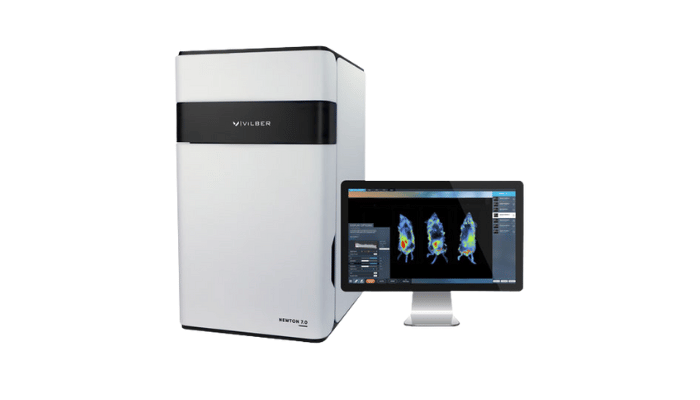System Used:
Newton 7.0

Authors:
Vijayan, A.N., Indrakumar, J., Gomathinayagam, S. et al. Bi-Functional Aspects of Peptide Decorated PLGA Nanocarriers for Enhanced Translocation Across the Blood-Brain Barrier through Macropinocytosis. Macromol. Res. 30, 557–570 (2022). https://doi.org/10.1007/s13233-022-0061-5
Abstract:
The blood-brain barrier (BBB) prevents neuroprotective drugs from reaching the brain. To that end, the study looks into polymeric nanoparticles, specifically polylactic-co-glycolic acid (PLGA), as drug carriers across the BBB. To improve drug delivery efficiency, a cell-penetrating peptide called trans-activating transcriptor (TAT) was attached to the polymer. The release of the nanoparticle and its uptake in a mouse model were studied using Rhodamine-B as a model drug. The nanoparticles synthesized were nanometer in size, had a fast release rate suitable for brain delivery, and were easily taken up by cells via macropinocytosis.
The study successfully exhibited increased in vivo uptake of the peptide-modified drug delivery carrier, demonstrating its potential for delivering therapeutic drugs across the BBB.
